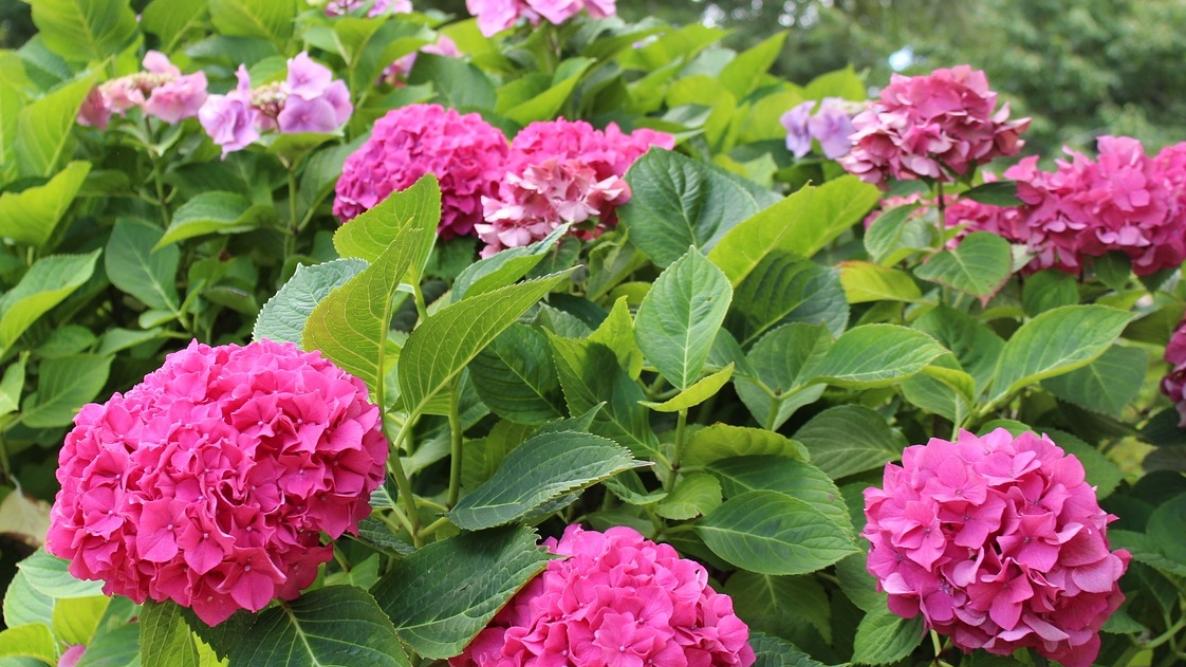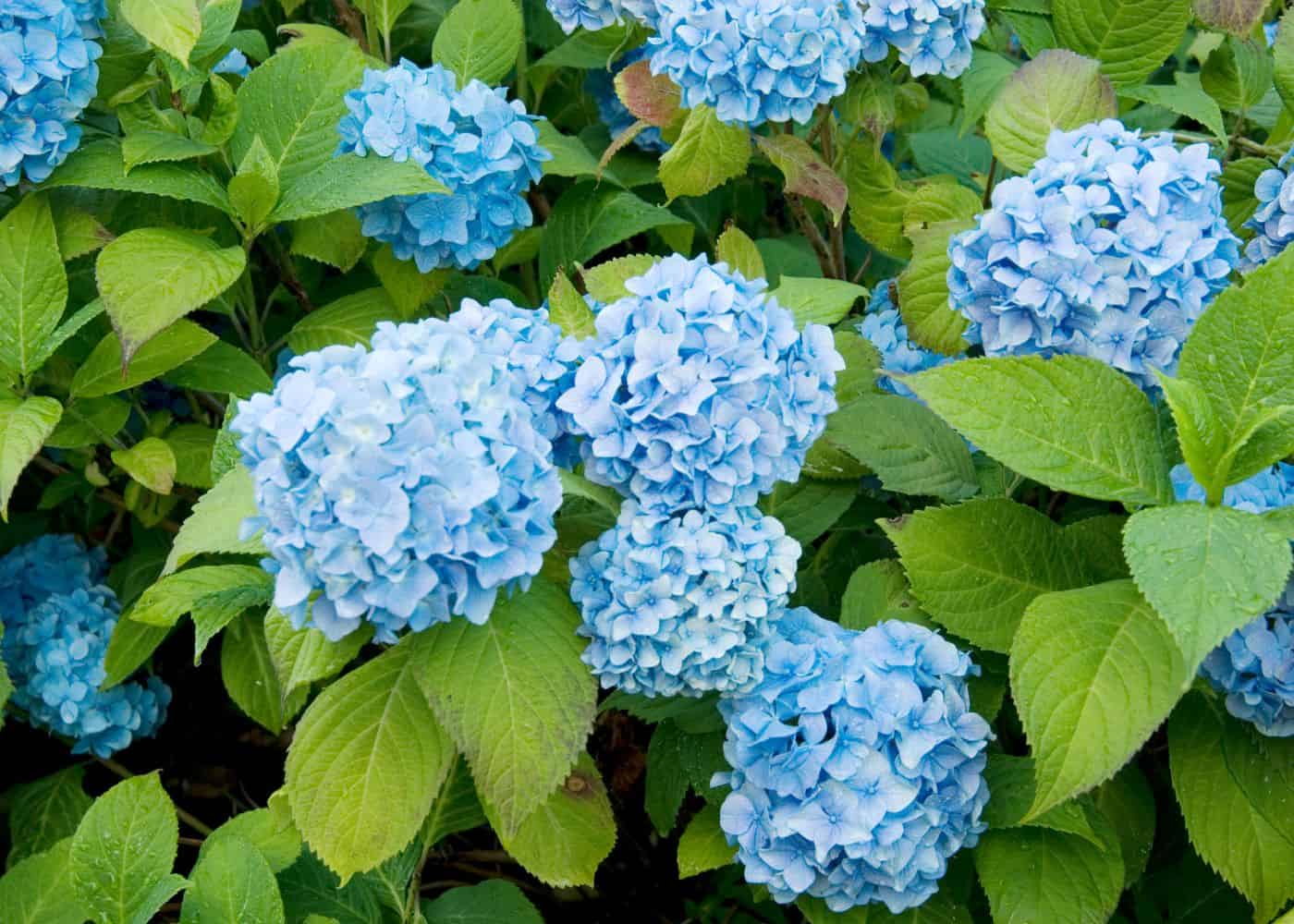The Climbing Hydrangea That's
The Climbing Hydrangea That's Perfect for Your Shady Spot
Climbing hydrangeas are a beautiful and versatile addition to any garden. They can be grown in a variety of conditions, including shady spots, and they offer stunning blooms in the summer. If you're looking for a climbing vine that is easy to care for and will add some much-needed color to your shady garden, a climbing hydrangea is a great option.
In this blog post, we will discuss the following:
- What is a climbing hydrangea?
- What are the different types of climbing hydrangeas?
- Where to plant a climbing hydrangea?
- How to care for a climbing hydrangea?
- How to propagate a climbing hydrangea?
What is a Climbing Hydrangea?
A climbing hydrangea is a woody vine that can grow up to 60 feet tall. It is native to Asia and Europe, and it is known for its beautiful white or pink flowers. Climbing hydrangeas are deciduous, which means that they lose their leaves in the fall.
Types of Climbing Hydrangeas
There are several different types of climbing hydrangeas, including:
- Hydrangea anomala petiolaris: This is the most common type of climbing hydrangea. It has white flowers and is hardy in USDA zones 4-9.
- Hydrangea seemannii: This type of climbing hydrangea has greenish-white flowers and is hardy in USDA zones 7-9.
- Hydrangea serratifolia: This type of climbing hydrangea has white flowers and is hardy in USDA zones 7-9.
Where to Plant a Climbing Hydrangea
Climbing hydrangeas can be planted in a variety of locations, but they prefer shady spots. They can also be planted in partial sun, but they will not flower as well. Climbing hydrangeas need well-drained soil.
How to Care for a Climbing Hydrangea
Climbing hydrangeas are relatively easy to care for. They need to be watered regularly, especially during hot weather. They also need to be fertilized in the spring with a balanced fertilizer. In the fall, you can prune climbing hydrangeas to keep them in shape.
How to Propagate a Climbing Hydrangea
Climbing hydrangeas can be propagated by rooting stem cuttings. To do this, take a 6-inch cutting from a healthy plant in the spring or summer. Remove the bottom leaves from the cutting and dip it in rooting hormone. Plant the cutting in a pot of well-drained soil and keep it moist. The cutting should root in about 6-8 weeks.
Conclusion
Climbing hydrangeas are a beautiful and versatile addition to any garden. They are easy to care for and can be grown in a variety of conditions. If you are looking for a climbing vine that will add some much-needed color to your shady garden, a climbing hydrangea is a great option.
Hydrangea anomala, also known as the climbing hydrangea, is a beautiful and versatile plant that can add a touch of elegance to any garden. This deciduous vine can grow up to 30 feet long, and its fragrant white flowers bloom in late spring and early summer. Climbing hydrangeas are relatively easy to care for and can thrive in a variety of conditions. They prefer partial shade and moist, well-drained soil.
If you're interested in learning more about climbing hydrangeas, I suggest visiting . This website has a wealth of information about the plant, including its history, care requirements, and propagation methods. You can also find photos and videos of climbing hydrangeas in bloom.
FAQ of hydrangea anomala
- What is Hydrangea anomala?
Hydrangea anomala is a climbing hydrangea that is native to Asia. It is a deciduous vine that can grow up to 30 feet long. The leaves are dark green and oval-shaped. The flowers are white or pale pink and bloom in late spring to early summer.
- Where does Hydrangea anomala grow best?
Hydrangea anomala prefers to grow in moist, well-drained soil in part sun to full shade. It is hardy in USDA zones 4-8.
- How do I care for Hydrangea anomala?
Hydrangea anomala is relatively easy to care for. It needs regular watering, especially during the hot summer months. It should be fertilized once a year in the spring with a balanced fertilizer. In the fall, the vine should be pruned back to about 6 inches from the ground.
- What are some common problems with Hydrangea anomala?
The most common problem with Hydrangea anomala is leaf spot. Leaf spot is a fungal disease that can cause the leaves to turn brown and fall off. To prevent leaf spot, you can water the vine in the morning so that the leaves have a chance to dry off before nightfall. You can also spray the vine with a fungicide in the spring and fall.
- How can I propagate Hydrangea anomala?
Hydrangea anomala can be propagated by cuttings or by division. To propagate by cuttings, take 6-inch cuttings from the vine in the spring or summer. Dip the cuttings in rooting hormone and plant them in a well-drained potting mix. Keep the potting mix moist and the cuttings in a shady location. The cuttings should root in about 4-6 weeks.
Image of hydrangea anomala
5 different images of "hydrangea anomala" from Pinterest:
- A white hydrangea anomala tree with large, round flowers.

- A pink hydrangea anomala shrub with cascading flowers.

- A blue hydrangea anomala shrub with cone-shaped flowers.

- A close-up of a hydrangea anomala flower, showing the delicate petals and stamens.

- A group of hydrangea anomala shrubs in bloom, creating a colorful display in the garden.

Post a Comment for "The Climbing Hydrangea That's"